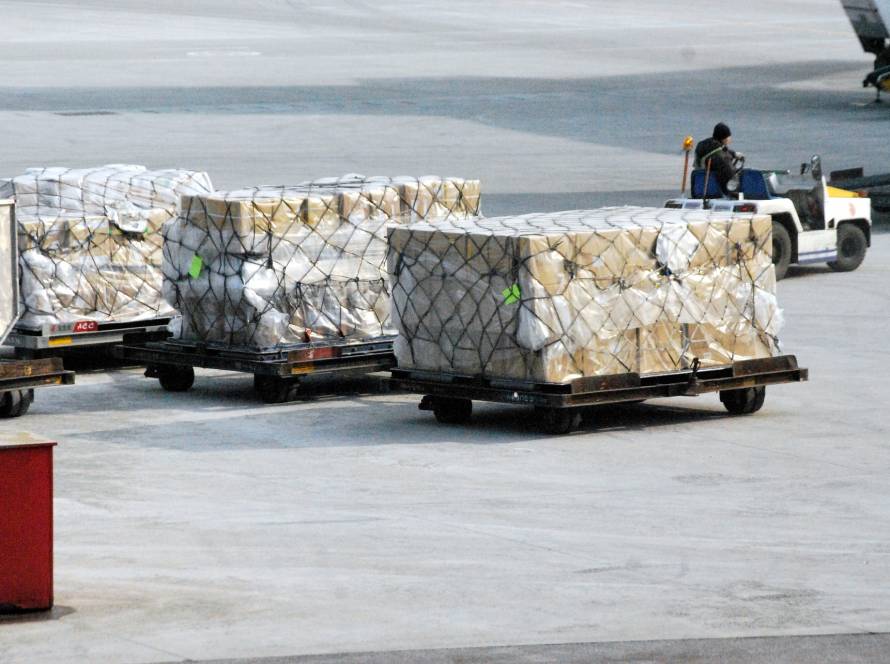“Driving Green: Sustainable Transportation Solutions for Corporate Success”
As businesses across the globe face increasing pressure to reduce their environmental footprint, sustainable transportation has become a critical focus for corporate logistics. Implementing eco-friendly transportation strategies not only supports environmental goals but also enhances efficiency, reduces costs, and strengthens corporate social responsibility (CSR) initiatives. Here’s how corporates can adopt sustainable transportation solutions to drive a greener future.
1. Embracing Electric and Hybrid Vehicles
Switching to electric and hybrid vehicles for corporate transportation reduces reliance on fossil fuels and cuts greenhouse gas emissions. These vehicles are particularly effective for short-distance deliveries and urban transport, offering quieter, cleaner, and more cost-effective operations.
2. Optimizing Routes with Technology
Advanced route optimization software helps minimize fuel consumption by identifying the most efficient delivery paths. By reducing unnecessary mileage and idle times, businesses can significantly lower their carbon footprint while improving delivery speed and reliability.
3. Leveraging Multimodal Transportation
Combining transportation modes like rail, sea, and road can significantly enhance sustainability. For instance, using rail for long-haul shipments instead of trucks can drastically cut emissions, while integrating sea freight for international shipments offers a lower-emission alternative to air transport.
4. Investing in Green Infrastructure
Corporates can adopt infrastructure that supports sustainability, such as installing electric vehicle (EV) charging stations, implementing solar-powered logistics hubs, and utilizing energy-efficient warehouses. These investments not only reduce emissions but also reflect a commitment to long-term environmental responsibility.
5. Partnering with Eco-Friendly Providers
Collaborating with logistics providers that prioritize sustainability ensures alignment with corporate values. Look for partners that offer carbon-neutral shipping options, use eco-friendly fleets, and integrate green technologies into their operations.
6. Adopting Sustainable Packaging
Transportation sustainability goes beyond vehicles—reducing packaging waste and using biodegradable or recyclable materials can greatly impact a company’s environmental footprint. Lighter and compact packaging also decreases transportation fuel usage.
7. Monitoring and Reporting Emissions
Tracking emissions across the supply chain provides valuable insights into the impact of corporate transportation. Using carbon calculators and sustainability reporting tools, businesses can measure progress, identify areas for improvement, and set achievable sustainability targets.
8. Encouraging Employee Participation
Incorporate sustainability into corporate culture by encouraging employees to use carpooling, public transport, or company-provided electric shuttles. Flexible work policies, such as remote working, can also reduce commuting-related emissions.
Looking Ahead: The Future of Sustainable Corporate Transportation
The future of sustainable corporate transportation lies in innovation. Advancements in autonomous electric vehicles, hydrogen-powered trucks, and drone deliveries are set to revolutionize logistics. Corporates that stay ahead of these trends and invest in emerging technologies will lead the way in reducing emissions and building a greener supply chain.
“Sustainability in transportation is not just a responsibility—it’s an opportunity for corporates to lead the way toward a cleaner, more efficient future.”


Curabitur varius eros et lacus rutrum consequat. Mauris sollicitudin enim condimentum, luctus justo non, molestie nisl.



